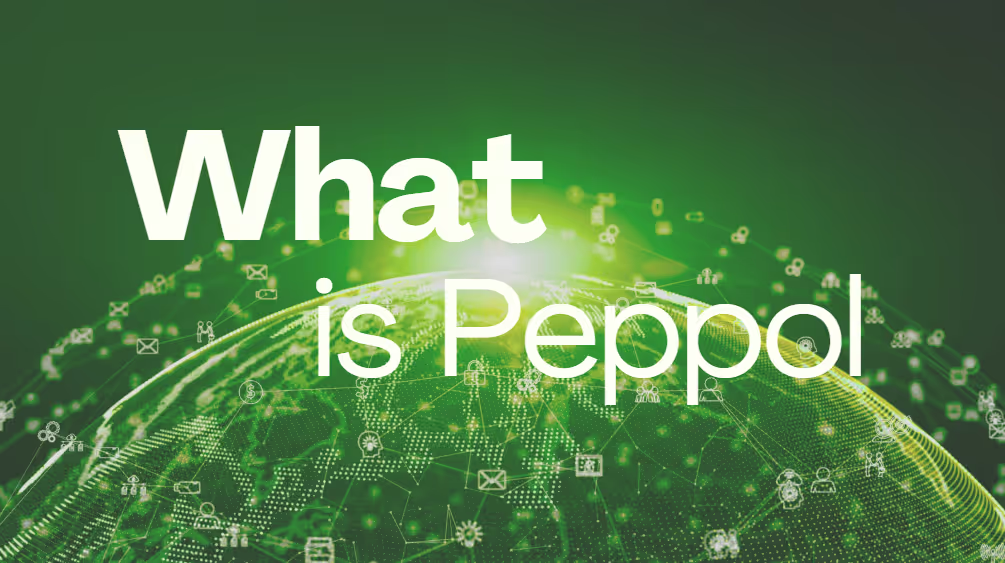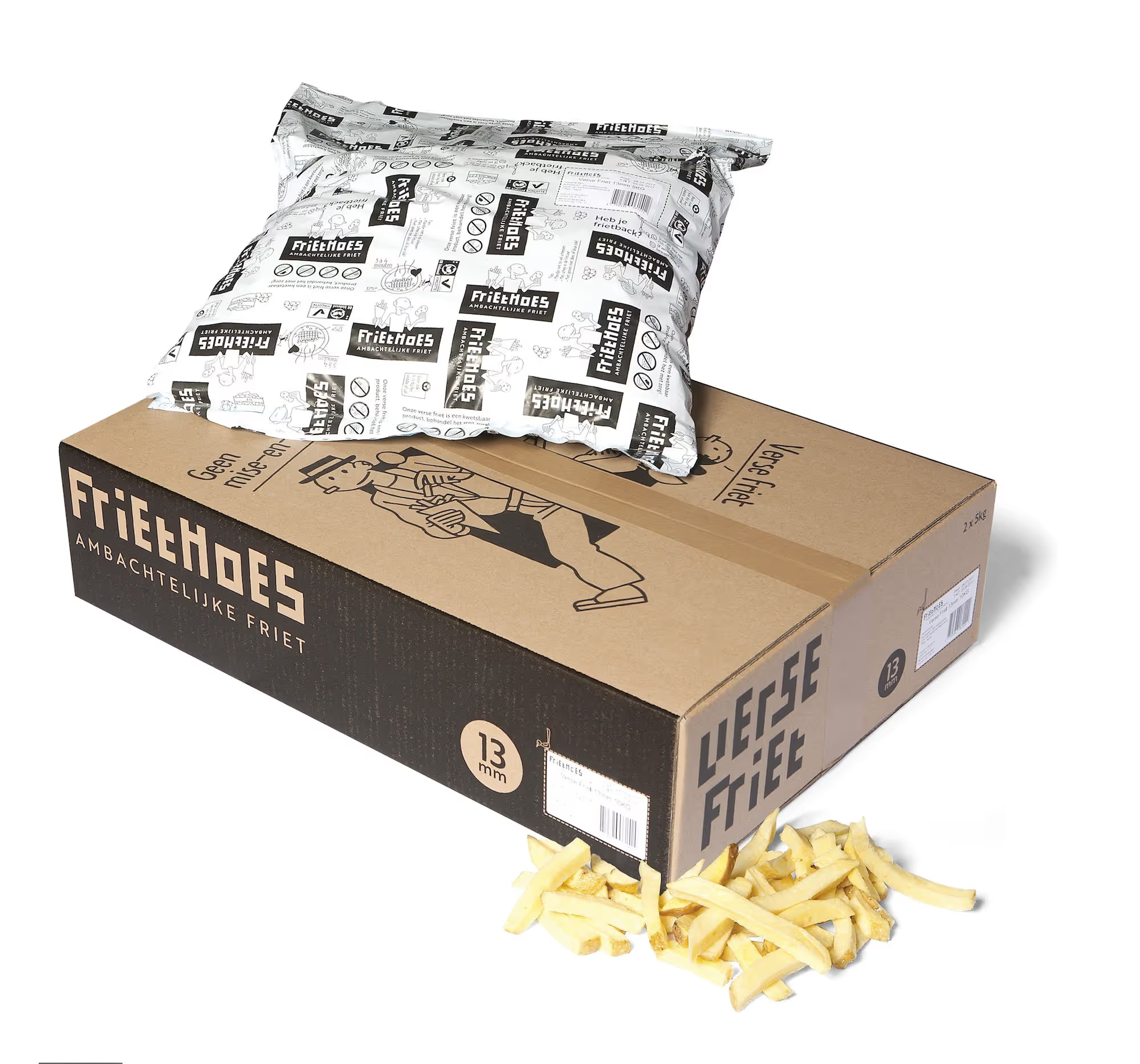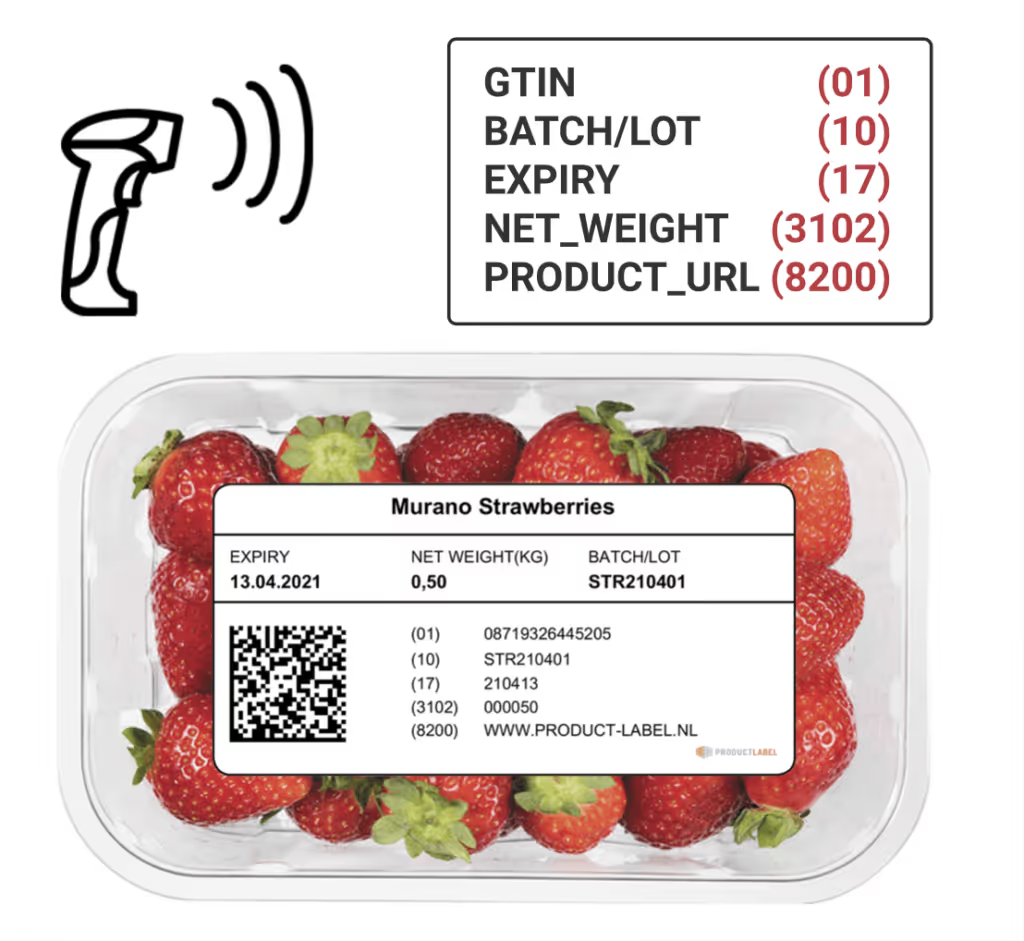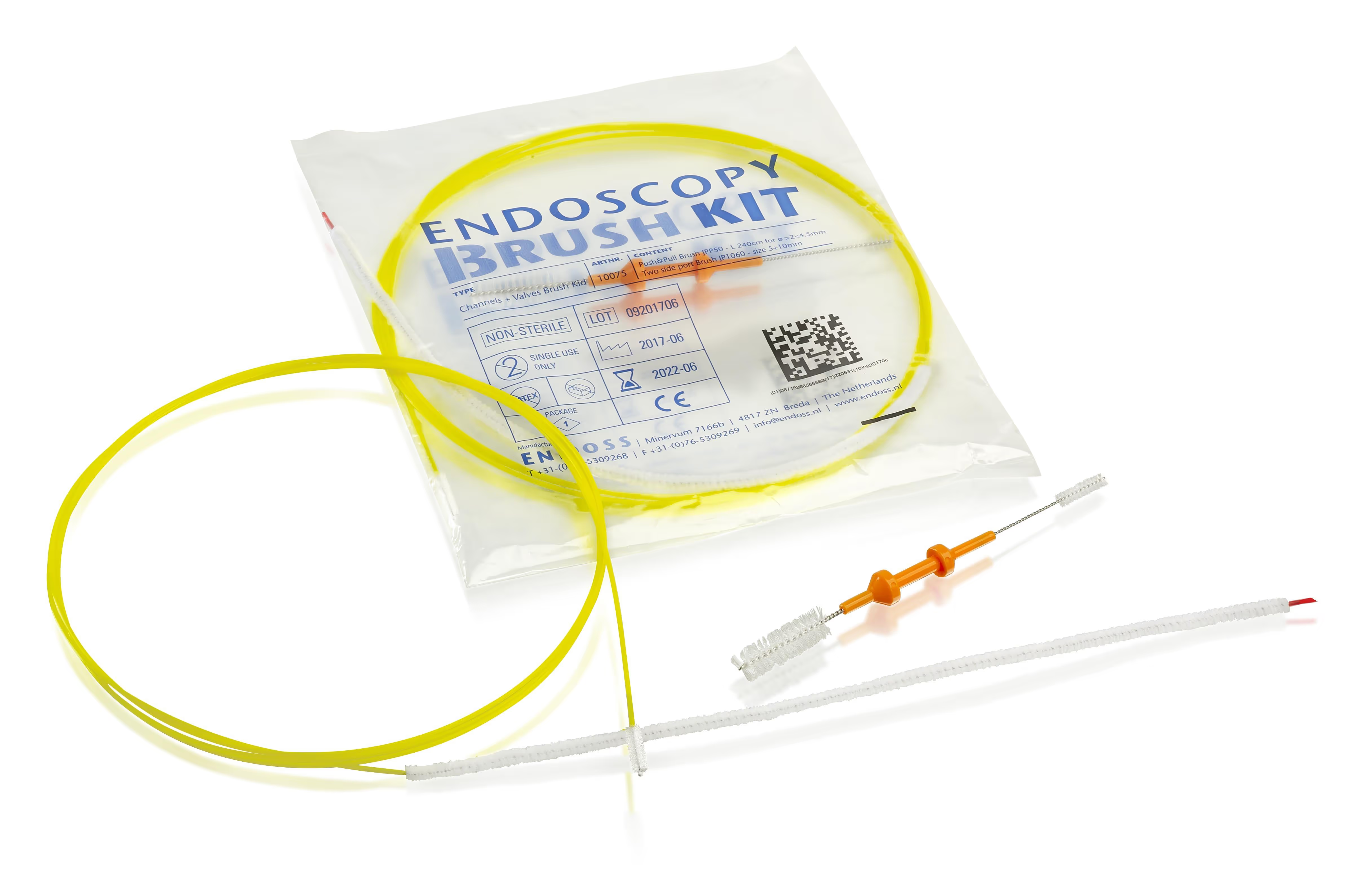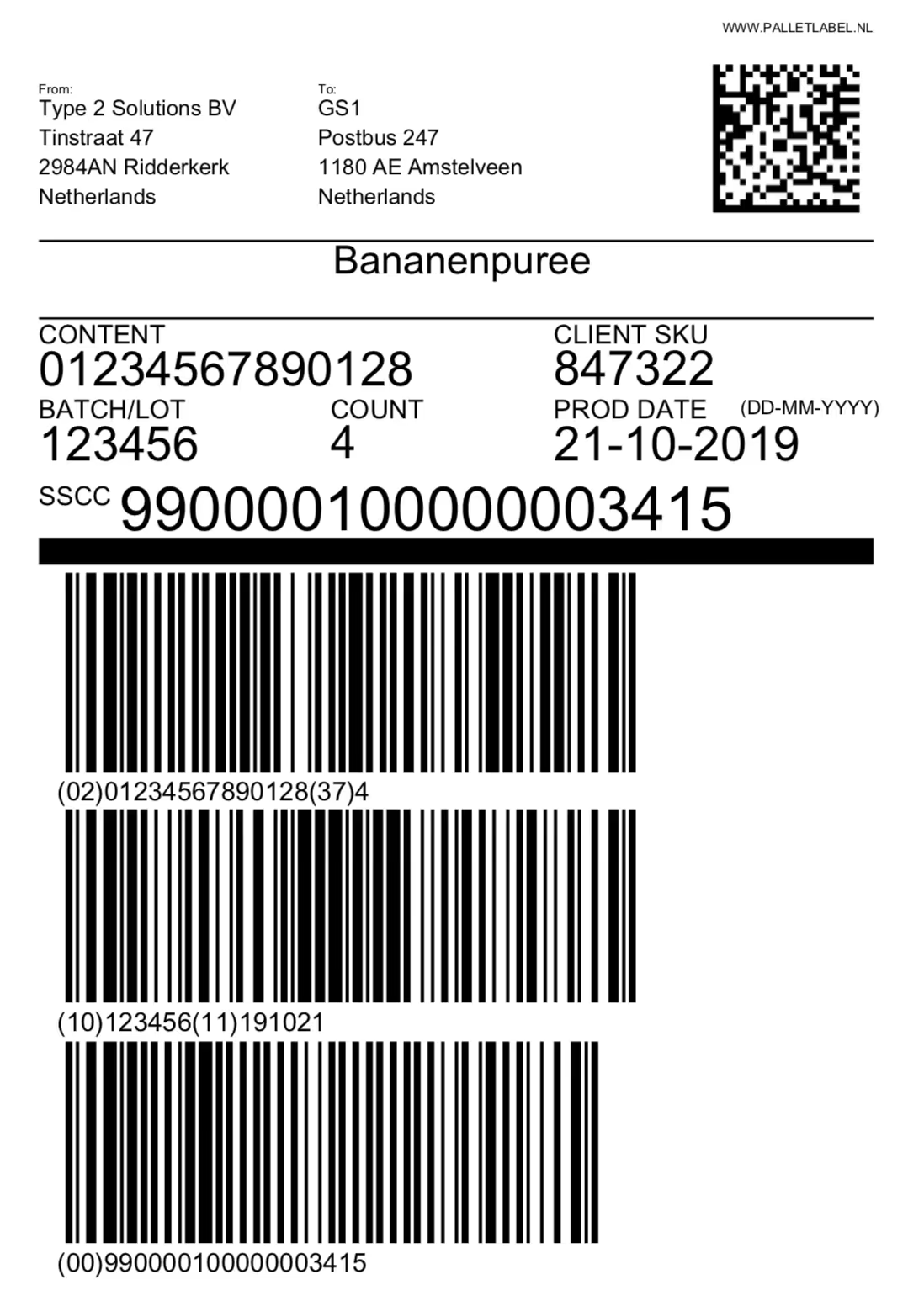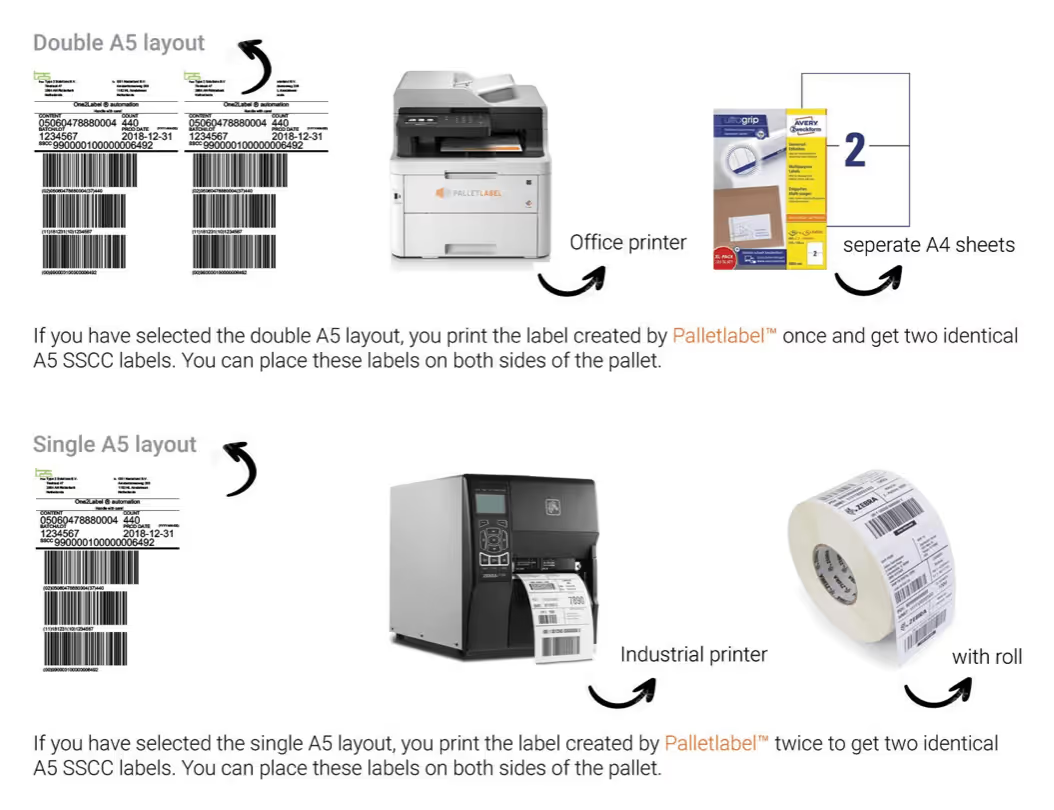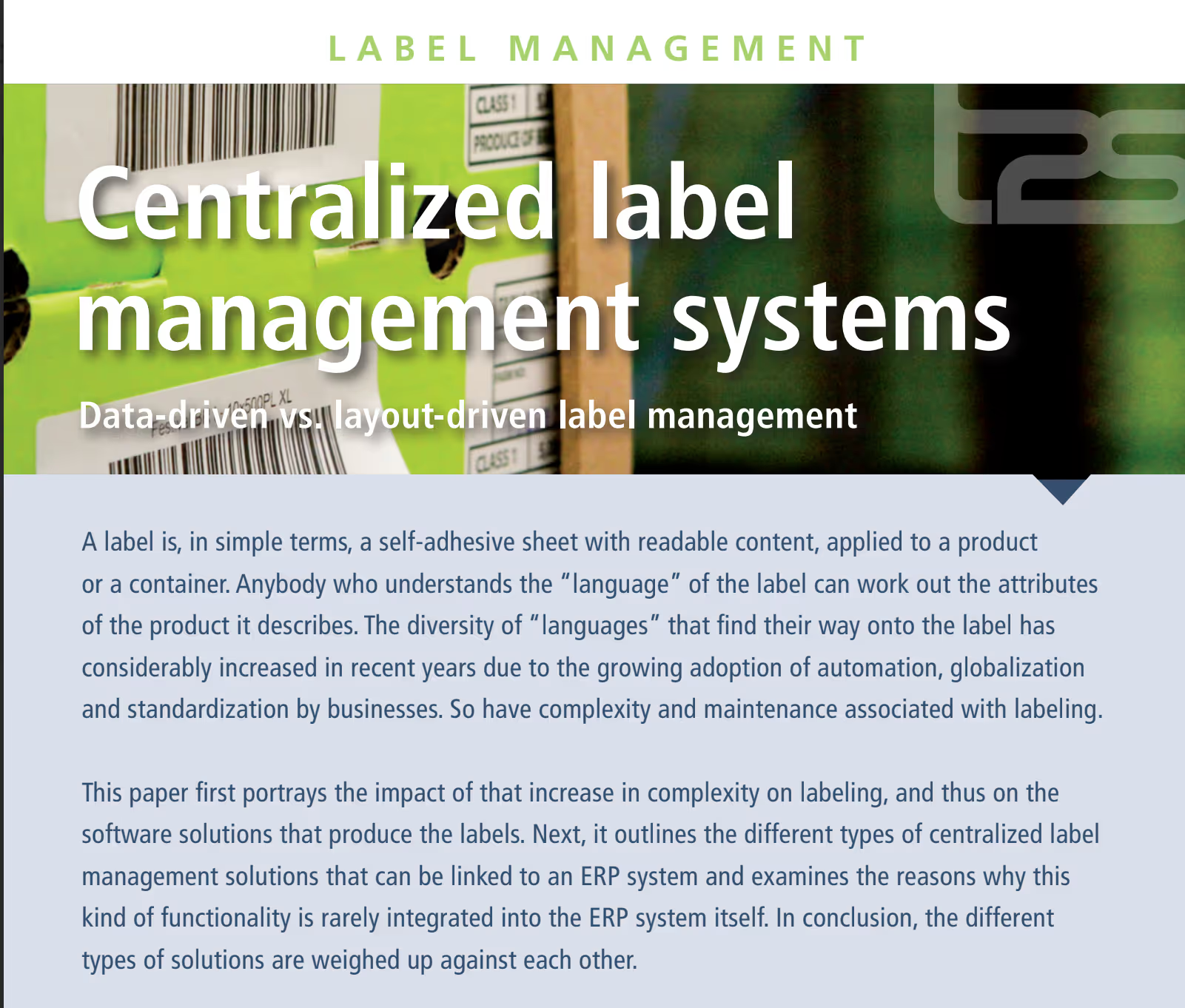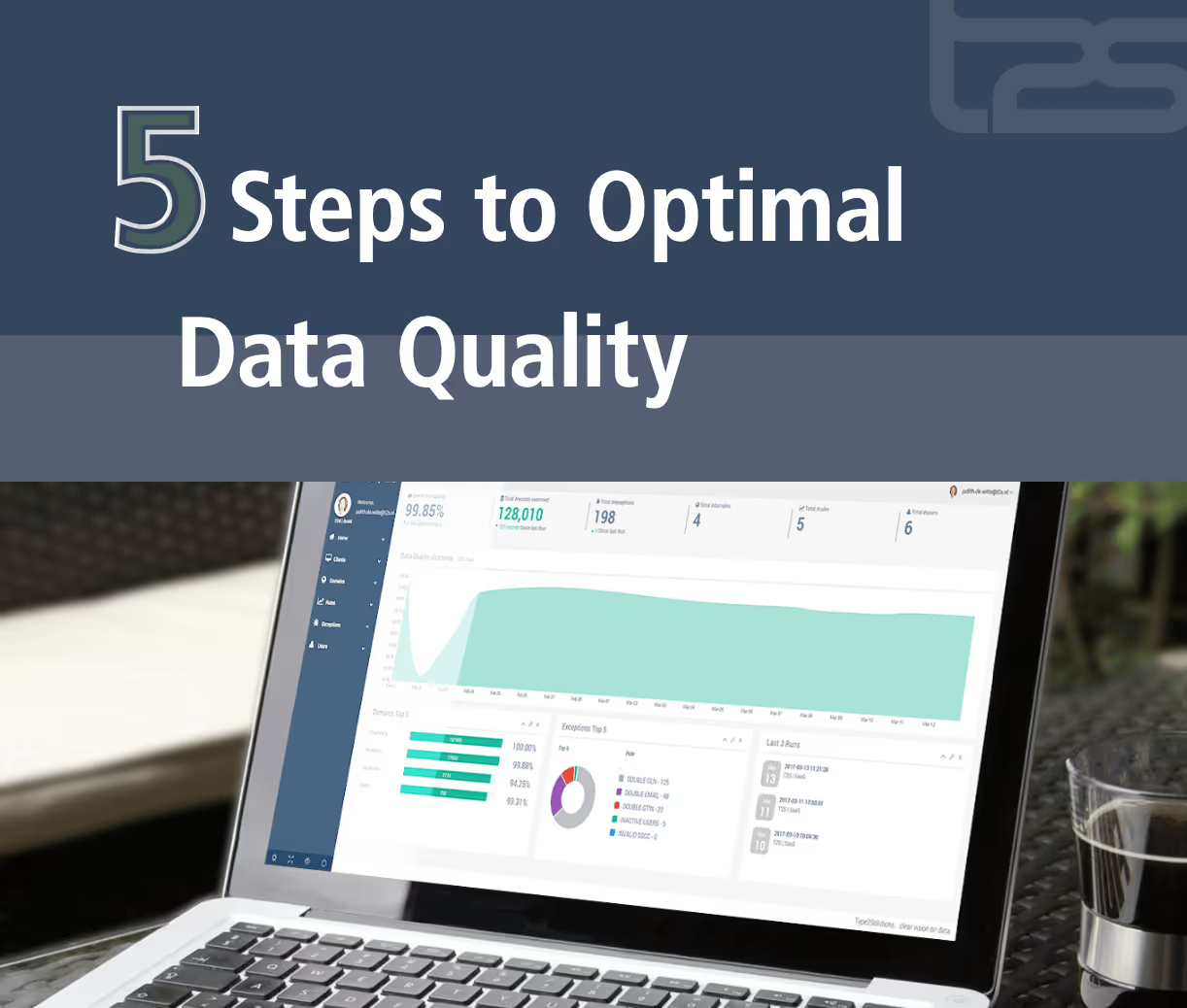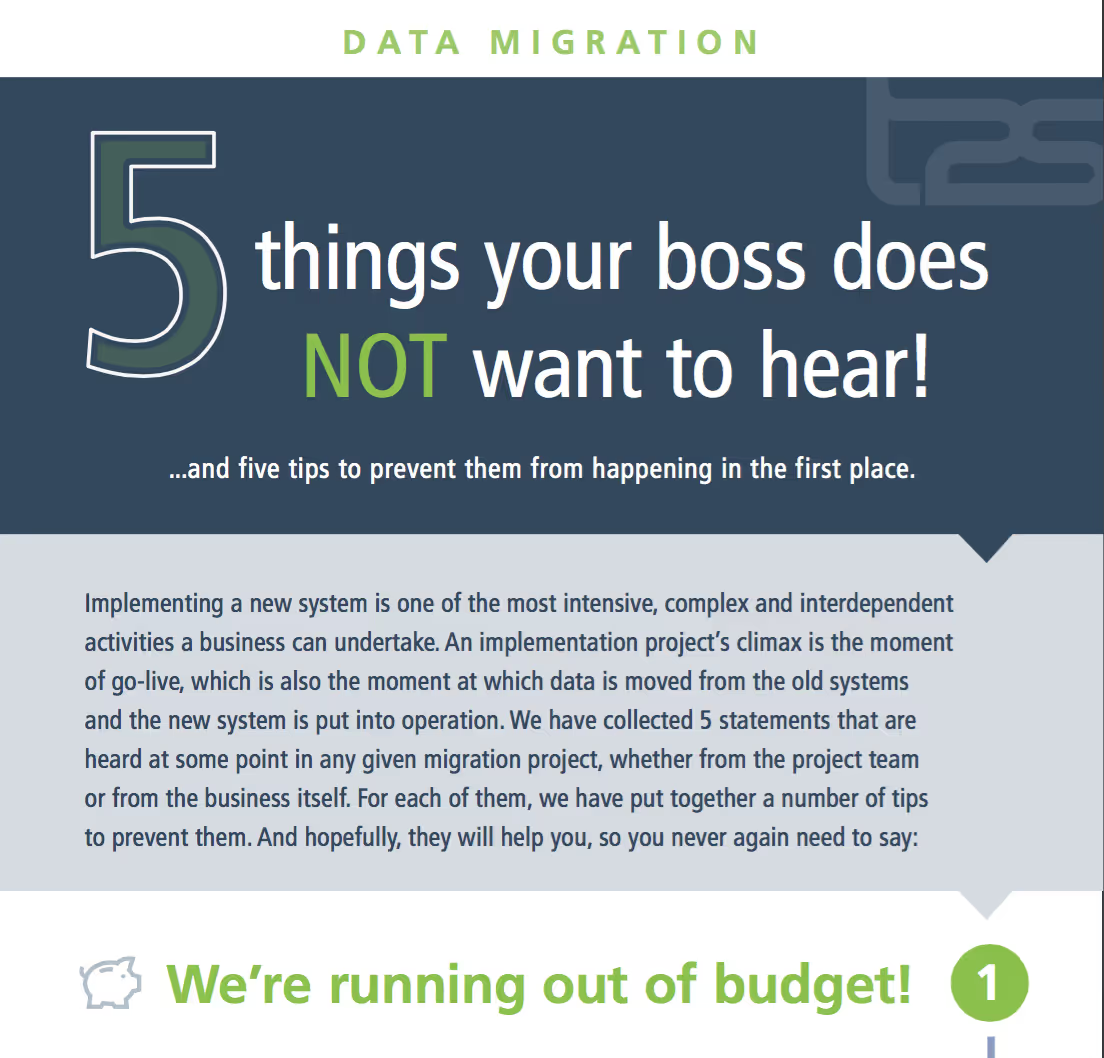Assetlabel
With Assetlabel you can uniquely code your assets and locations according to the worldwide GS1 standard.
Tag your valuable assets and locations with GS1 barcode labels for traceability and maintenance purposes.
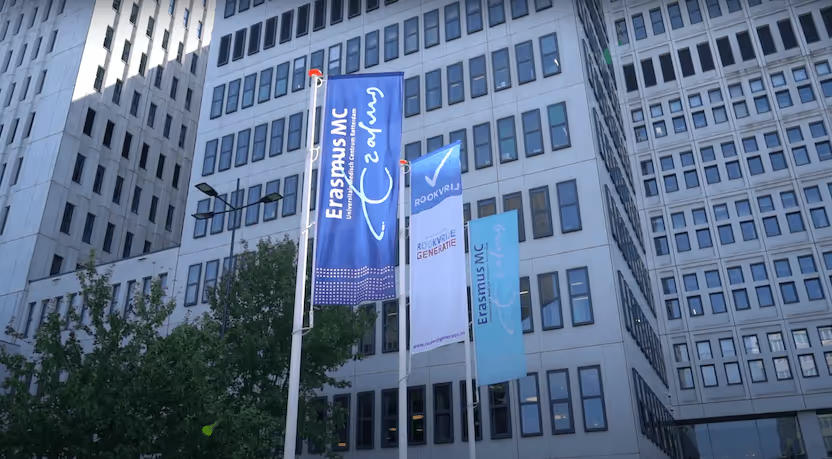

Assets
With Assetlabel you can uniquely code your assets and locations according to the worldwide GS1 standard.
Assets
You code your assets with so-called GIAI or GRAI. GIAI stands for Global Individual Asset Identifier. GRAI stands for Global Returnable Asset Identifier. Together they form the two GS1 keys for asset identification.
GIAI
Companies can apply a GIAI on any asset to uniquely identify and manage that asset.
GRAI
This GRAI GS1 code is especially suitable for the management of reusable transport items, transport equipment and tools. It can identify these returnable assets by type as well as individually, if needed, for tracking and sorting purposes.
Locations
With Assetlabel you can uniquely code your locations in addition to your assets according to the worldwide GS1 standard.
GLN
You code your locations with the GLN. GLN stands for Global Location Number. Global Location Number (GLN) can be used by companies to identify their locations, giving them complete flexibility to identify any type or level of location required.
Examples of locations that can be coded are a company, a branch, a department, a specific place in the building (for example a hospital room or storage warehouse), and a digital location.
The GLN is a 13-digit number that allows you to identify an address as a unique location worldwide. The associated name, address and other data are linked to this unique number.
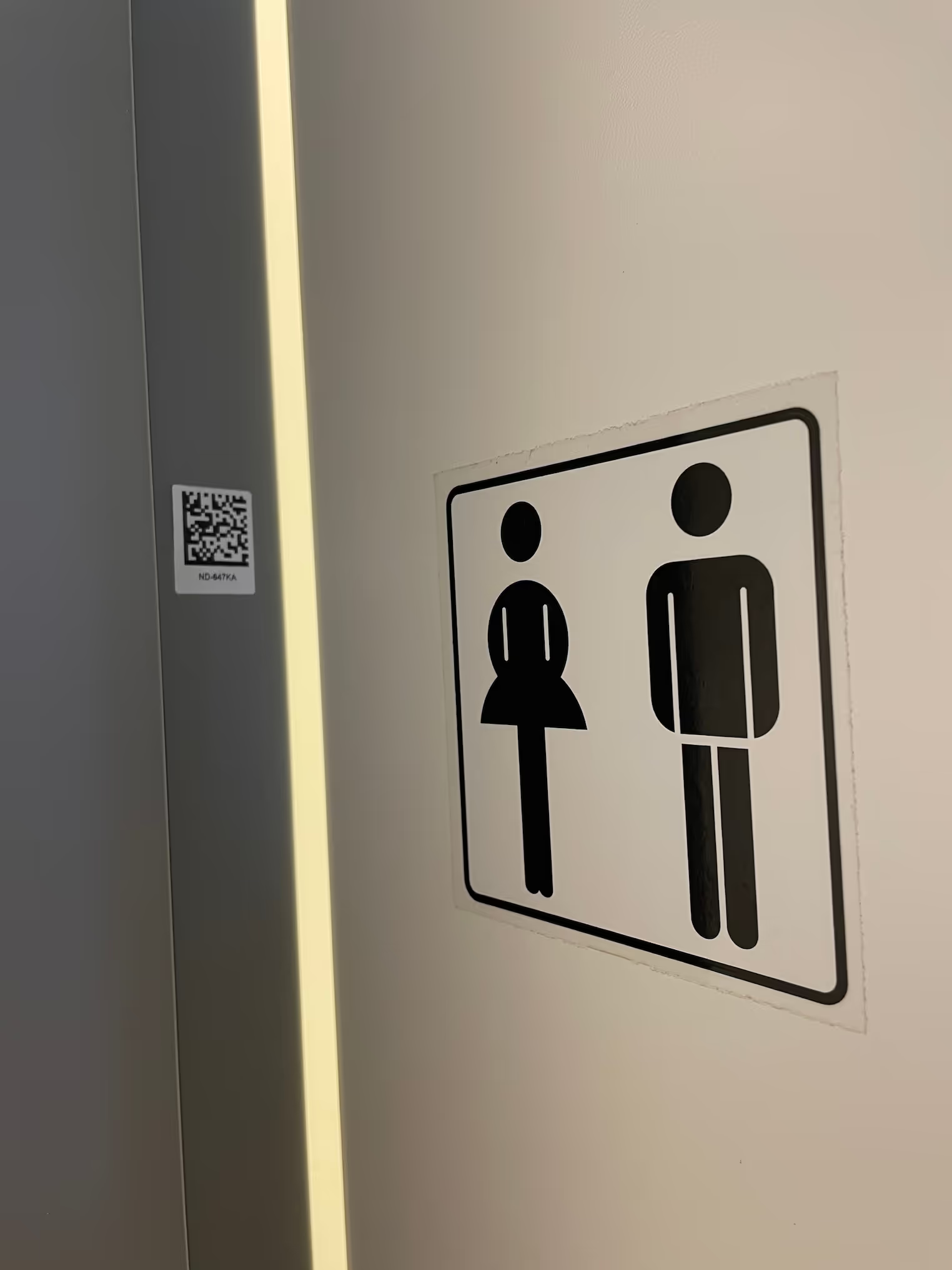
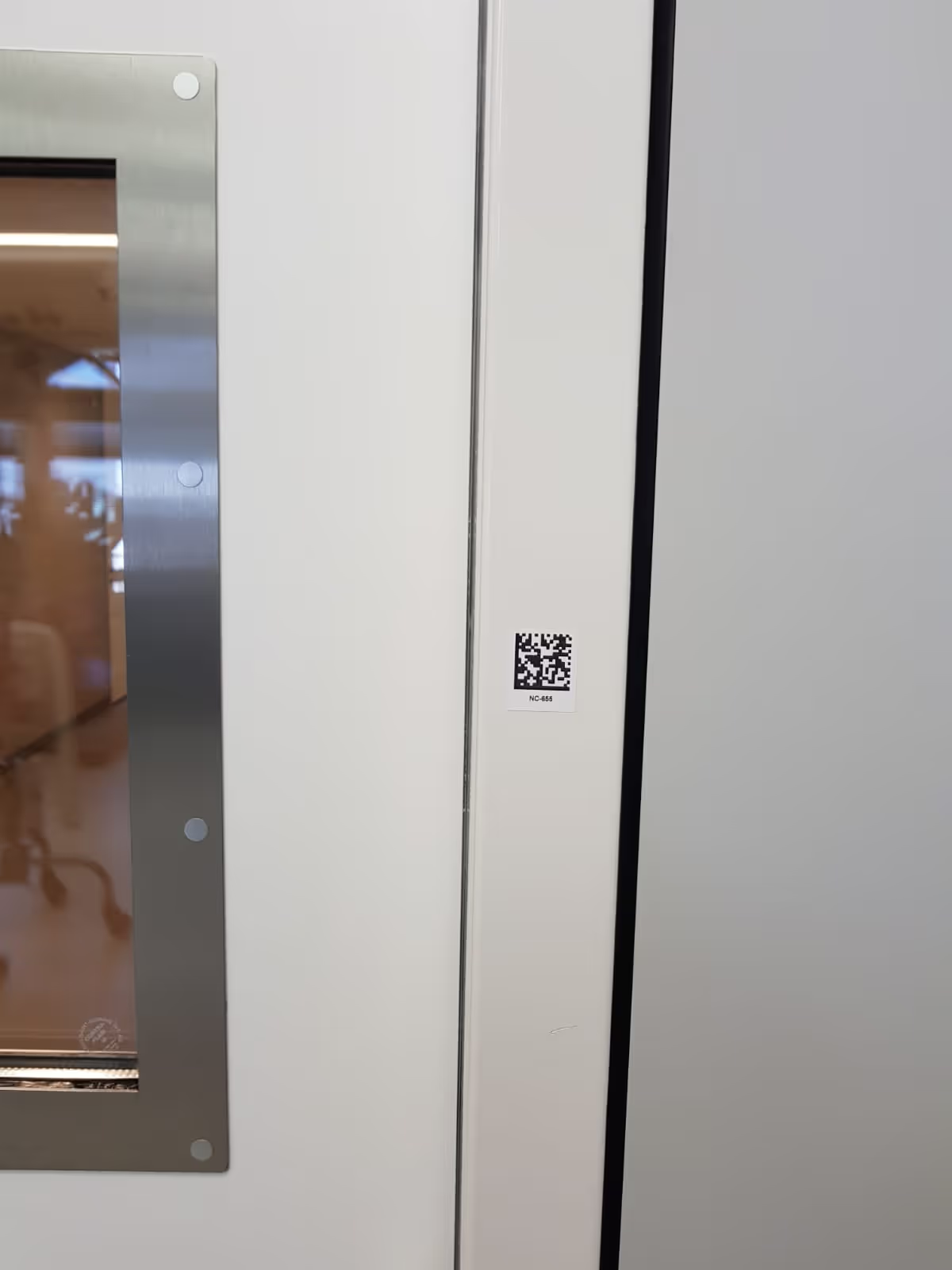
GS1 barcode
After you have coded your locations and assets with a GIAI, GRAI and GLN, you can translate them into a GS1 barcode.
You record the data about the locations and assets in your IT system.
By scanning the barcode you can efficiently retrieve the information from your system.
DataMatrix barcode
An example of a barcode is the GS1 DataMatrix barcode. This is a 2d code that has the advantage that it is small and that you can store a lot of information in it.
Assetlabel at Erasmus MC
Erasmus MC has approximately 40,000 assets in the hospital, which are regularly maintained by the real estate support department.
The assets are managed by property management. Property management wants to be sure that they are at the right asset.
For this they use Assetlabel to encode all assets with a GIAI and provide them with a GS1 DataMatrix barcode label.
Assetlabel is also used to encode locations in Erasmus MC with a GLN and provide them with a GS1 DataMatrix barcode label.

Standardization at Erasmus MC
Erasmus MC uses Assetlabel to uniquely identify locations and assets, and Mediclabel for High Risk Medication.
GS1 datamatrix barcode
“That datamatrix barcode which we chose, is that we wanted an international standard, we’re an academic hospital, international standards are our go to. It’s a globally unique number, that’s an advantage too, and it recognizably belongs to Erasmus MC. It also saves money in the end. And it will be easier for our healthcare colleagues to report issues to us, meaning they’ll have to spend less time on administration.”
Watch the video ‘Standardization at Erasmus MC: from high-risk medication to assets’ and discover how.
How can we help you?
The T2S specialists have extensive experience with the GS1 standard and barcode labeling in the healthcare industry.













Frequently Asked Questions
What is Assetlabel and what is it used for?
Assetlabel is an easy-to-use SaaS application that allows you to tag valuable assets and locations with GS1 barcode labels for traceability and maintenance purposes.
How does Assetlabel code assets according to the GS1 standard?
With Assetlabel, you can code assets using the GS1 standard codes GIAI (Global Individual Asset Identifier) or GRAI (Global Returnable Asset Identifier) to uniquely identify and manage them.
What is the difference between GIAI and GRAI in asset coding?
GIAI is used to uniquely identify any individual asset, while GRAI is suitable for managing reusable transport items, equipment, and tools, allowing identification by type and, if necessary, at an individual level.
How can locations be coded with Assetlabel, and what is the purpose of a GLN?
Locations are coded using a Global Location Number (GLN), a 13-digit number that uniquely identifies a location worldwide, such as a company, department, or specific place within a building, like a hospital room.
What are the benefits of using GS1 DataMatrix barcodes at Erasmus MC?
The GS1 DataMatrix barcode is recognizable to employees, is globally unique, adheres to international standards, and helps save time and money by streamlining issue reporting and reducing administrative burdens.

We are happy to help you
Please fill in the contact form below, and tell us how we can help you. We will get in touch with you within one business day!


